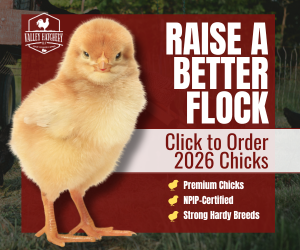How about the chicken house? I'm not very handy nor is my husband. Would the ones they sell at tractor supply work for 4?
The biggest ones sold at
Tractor Supply might work for 4 chickens. The smaller ones will not.
Check what number of chickens each says it is for--they are giving numbers for bantam chickens (extra small chickens.) So plan on half as many chickens as the coop description says. That goes for most other chicken coops too, not just the ones at
Tractor Supply.
My neighbor has always out her chicks in the chicken house.
If a mother hen is taking care of the chicks, they can live in a normal chicken house. The hen warms them up in her feathers, then lets them run around a little, then warms them up again.
Chicks can also be raised in an outdoor chicken house if you are careful to provide what they need: warmth, food & water, protection from predators, protection from the weather.
When they are very young, the chicks need somewhere about 90 degrees (fahrenheit). They also need a cooler area. Often, people do this by putting a heat lamp in one corner or end of the chicks space, so that spot is 90 degrees and the rest is cooler. The "cool" area could be 70 degrees or it could be 40 degrees or anywhere in between. The chicks run back and forth and choose the right spot for themselves. It's normal for them to play in the cooler area, warm up sometimes in the warm area, and also sleep in the warm area.
You don't have to use a heat lamp--there are heat plates and various other ways to keep chicks warm. I was just using it as one example of how to provide heat to chicks.
Many people start their chicks in the house, because a house provides great protection from bad weather and from wild animals, and because it's easy to plug things into an outlet in the house, and because they like to watch the cute chicks. But the chicks do not really care what kind of space they are in, as long as they are safe and have the correct temperatures and other things they need.




